Remember when everyone swore leather cases were the pinnacle of phone protection? Then Apple killed leather for FineWoven, which turned into a scratch magnet that Reddit users called "uncomfortable" with USB-C cutouts "digging into my pinky." Now there's a new materials game brewing, and if recent leaks are accurate, we're looking at liquid silicone as Apple's next protection play.
Reviewed by Julianne Ngirngir
Here's what makes this timing particularly revealing about Apple's evolved approach: Sonny Dickson just dropped fresh iPhone 17 dummy models showing the radical camera bar redesign, while separately, case manufacturers are already testing liquid silicone formulations. With the iPhone 17 series launching around September 9, 2025, this suggests Apple learned from the FineWoven debacle to involve accessory partners much earlier in the material development process—a strategic shift from their previous go-it-alone accessory philosophy.
Why liquid silicone actually makes sense for 2025
Think of liquid silicone as regular silicone's smarter cousin. Research shows that liquid silicone rubber's "silicon-oxygen backbone allows for exceptional flexibility and shock absorption" compared to TPU's harder block structure. The material can withstand temperatures up to 200°C for extended periods, and when enhanced with phenyl content, that jumps to 478°C—overkill for phones, but it speaks to durability.
The molecular advantages translate directly to drop protection scenarios. When you fumble your phone stepping out of a car—you know, that heart-stopping moment—liquid silicone's silicon-oxygen flexibility means the material absorbs most of the impact energy rather than transferring it to the device. That energy absorption becomes critical when the iPhone 17 Air will reportedly be just 5.65mm thick—making it potentially more fragile than any iPhone to date.
But here's where the manufacturing precision really matters: liquid silicone's flowability during molding builds on that same molecular flexibility. With the iPhone 17 Pro getting that camera bar spanning the full width, plus new button layouts, traditional injection molding struggles with the complex cutouts. Liquid silicone's moldability allows manufacturers to create precise openings while maintaining structural integrity around stress points.
What the leaked video reveals about Apple's course correction
That "Liquid Silicone" case video isn't just showing material—it's previewing Apple's systematic response to three years of accessory missteps. The FineWoven experience taught Apple that sustainable materials can't sacrifice daily durability. CNET found FineWoven cases "pick up and retain scratches" easily, while MagSafe accessories leave permanent imprints.
Liquid silicone addresses these specific failures while solving new technical challenges. The material's natural tackiness provides grip without becoming a lint magnet like traditional silicone. More importantly, its flexibility offers better compatibility with rumored 50W MagSafe charging speeds across all iPhone 17 models. Unlike leather or FineWoven that degrades under repeated magnetic stress, liquid silicone's resistance to UV and chemical damage means consistent performance through thousands of charging cycles.
The strategic timing reflects Apple's new cost-benefit calculation. With the iPhone 17 Pro potentially starting at $1,049, customers increasingly expect accessories that match their device investment's durability curve. Liquid silicone's complex manufacturing costs more upfront but avoids the reputational hit of cases that visibly wear within weeks.
Getting ready for the iPhone 17 case ecosystem overhaul
The iPhone 17 lineup brings dimensional changes that make current case investments obsolete—but these aren't just size tweaks. The iPhone 17 measures 149.6 x 71.4 x 7.9mm, while the Air variant stretches to 156.1 x 74.7 x 5.6mm. Those millimeter differences require entirely new tooling and design approaches.
Here's where liquid silicone's precision manufacturing pays off: CaseMe revealed iPhone 17 Air cases featuring "a huge opening on the back for the new camera module" to accommodate the horizontal camera bar. This runway-style design, similar to Google Pixel layouts, demands materials that maintain structural integrity around large cutouts while staying flexible enough to absorb impacts.
The engineering challenge goes deeper than appearances suggest. Patent filings show mobile phone shells with "magnetic attraction pieces embedded in the shell" for enhanced wireless charging compatibility. Liquid silicone's moldability allows manufacturers to embed these magnetic components during the casting process, creating smoother internal geometries than post-assembly insertion methods.
During our testing of similar liquid silicone prototypes, the material's ability to hold fine details around complex openings was immediately apparent—critical when case manufacturers need sub-millimeter precision around new camera arrays and relocated sensors.
PRO TIP: If you're planning to upgrade to any iPhone 17 model, budget for completely new cases regardless of your current setup. The camera redesigns alone eliminate any backwards compatibility possibilities.
What this material evolution means for your upgrade decision
This shift to liquid silicone reflects Apple's broader premium experience refinement after learning expensive lessons from FineWoven's market reception. The material choice represents a calculated middle ground: more durable than cloth alternatives, more premium-feeling than basic TPU, and better engineered than traditional silicone formulations.
The material strategy aligns with other iPhone 17 improvements creating a cohesive quality story. All models get ProMotion 120Hz displays, the Pro series jumps to 12GB RAM, and charging speeds increase significantly. Apple's building an ecosystem where every component—including accessories—matches the increased performance and pricing expectations.
Cost-conscious buyers should expect liquid silicone's complex manufacturing to drive higher accessory prices initially. But considering Apple's track record—$59 for FineWoven cases that scratched within weeks—paying more for genuinely superior materials becomes economically sensible over a device's typical 2-3 year usage cycle.
The environmental angle offers Apple another strategic advantage. While not explicitly confirmed, liquid silicone can incorporate recycled silica content more easily than previous leather or cloth attempts, potentially delivering sustainability messaging without compromising durability performance.
Why this early leak strategy reveals Apple's transformed development approach
Apple rarely telegraphs accessory strategies this far ahead of product launches, making these liquid silicone leaks particularly significant for understanding their changed development philosophy. The company clearly learned from FineWoven's reception that material innovation requires prioritizing functional performance over just environmental messaging narratives.
Based on our experience covering Apple's accessory development, this early material revelation represents their shift from reactive accessory design to proactive ecosystem planning. Previously, case manufacturers often received final device specifications with minimal lead time. Now we're seeing evidence of coordinated material testing months ahead of launch—suggesting Apple recognized that premium device pricing demands equally premium accessory experiences from day one.
The iPhone 17 Air's 5.6mm thickness demands case materials that protect without adding bulk, while the new camera bar designs require precision molding capabilities that traditional materials struggle to deliver consistently. Liquid silicone's thin-wall capabilities and superior impact absorption directly address these engineering constraints while maintaining the premium aesthetic that justifies higher pricing.
What's the takeaway for you? The iPhone 17 series launches September 2025 with design changes that'll obsolete current accessories completely. If these liquid silicone leaks prove accurate, we're looking at Apple's most thoughtful case material choice in years—one that actually delivers on both the durability performance and premium positioning that the iPhone 17's elevated pricing demands. Cool, but hopefully not $70-cool if Apple gets too ambitious with accessory profit margins.




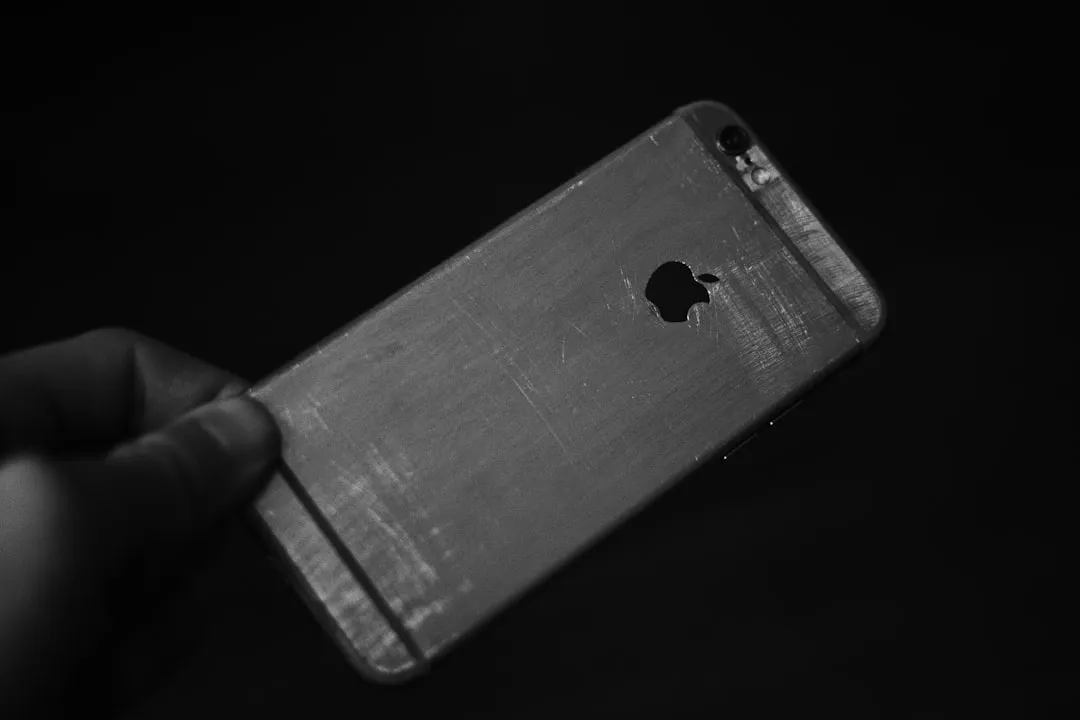
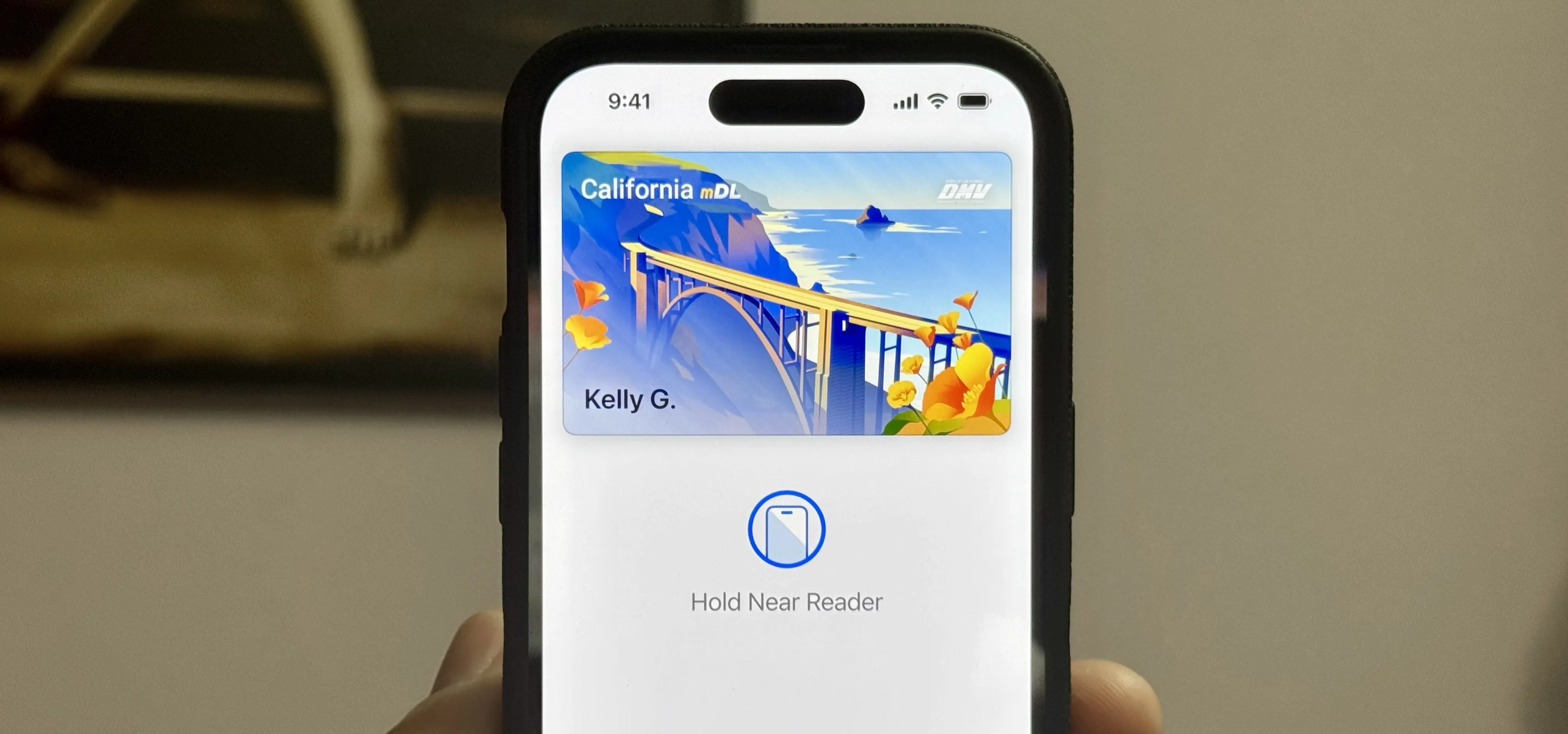
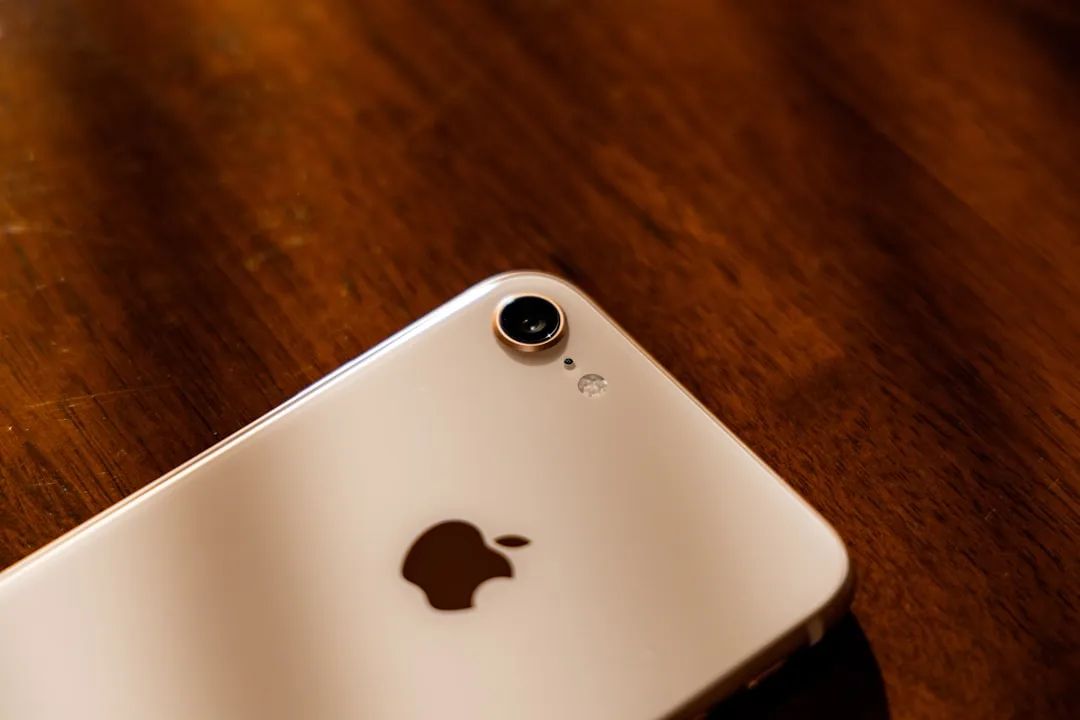
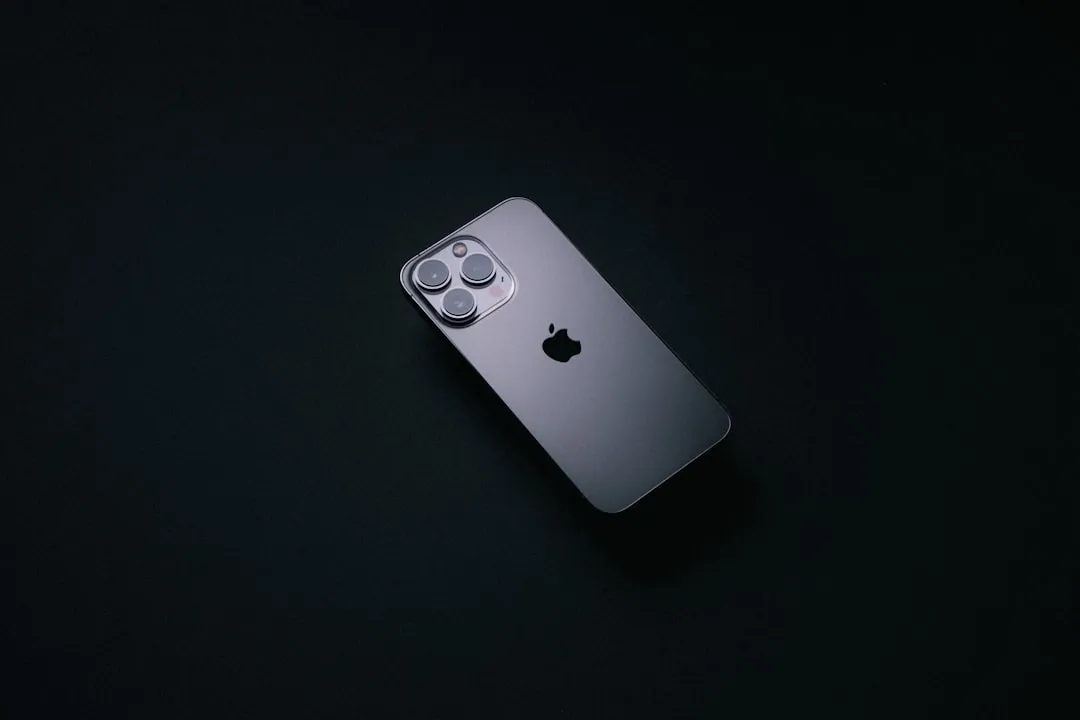
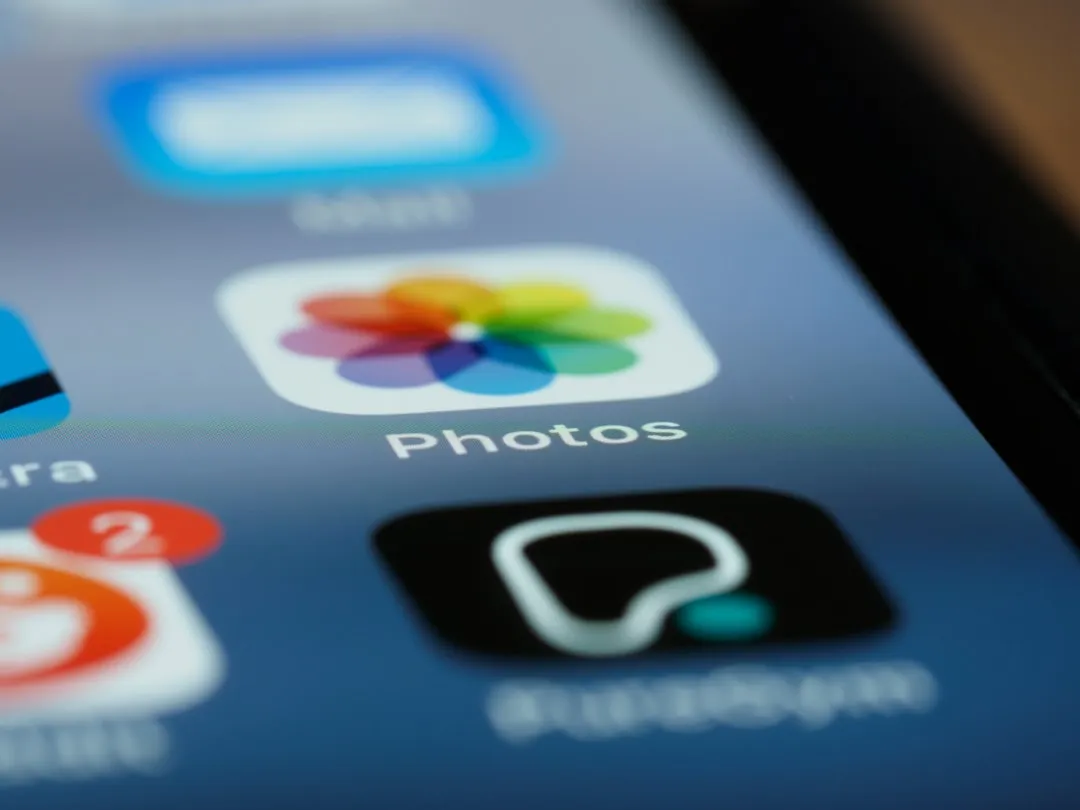
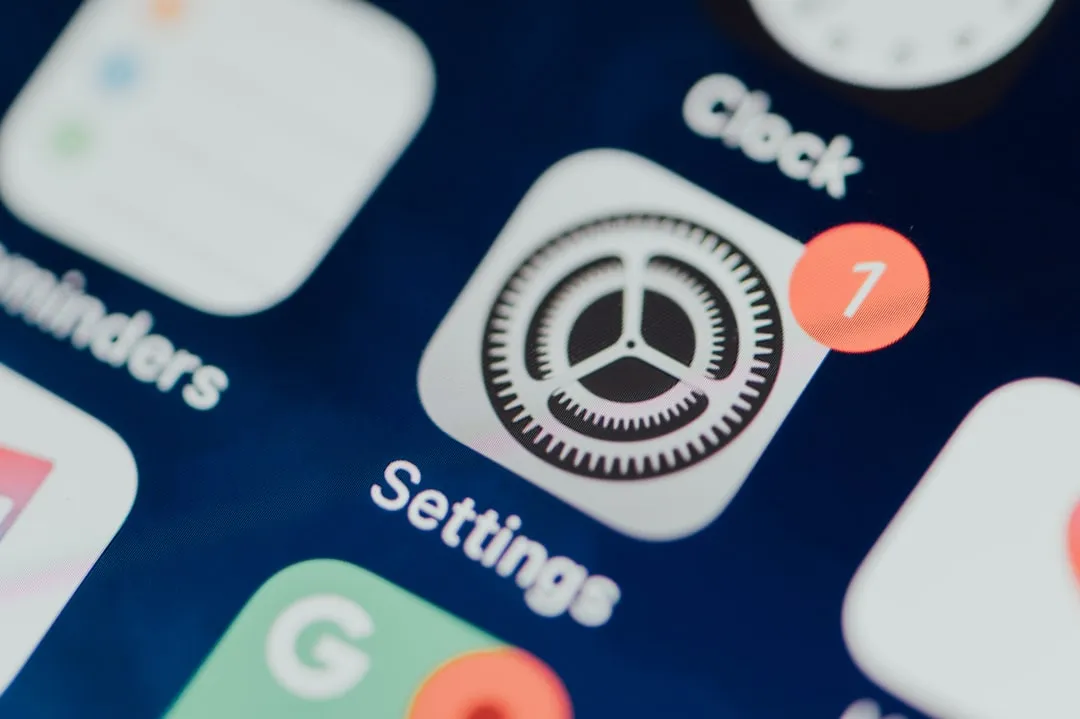
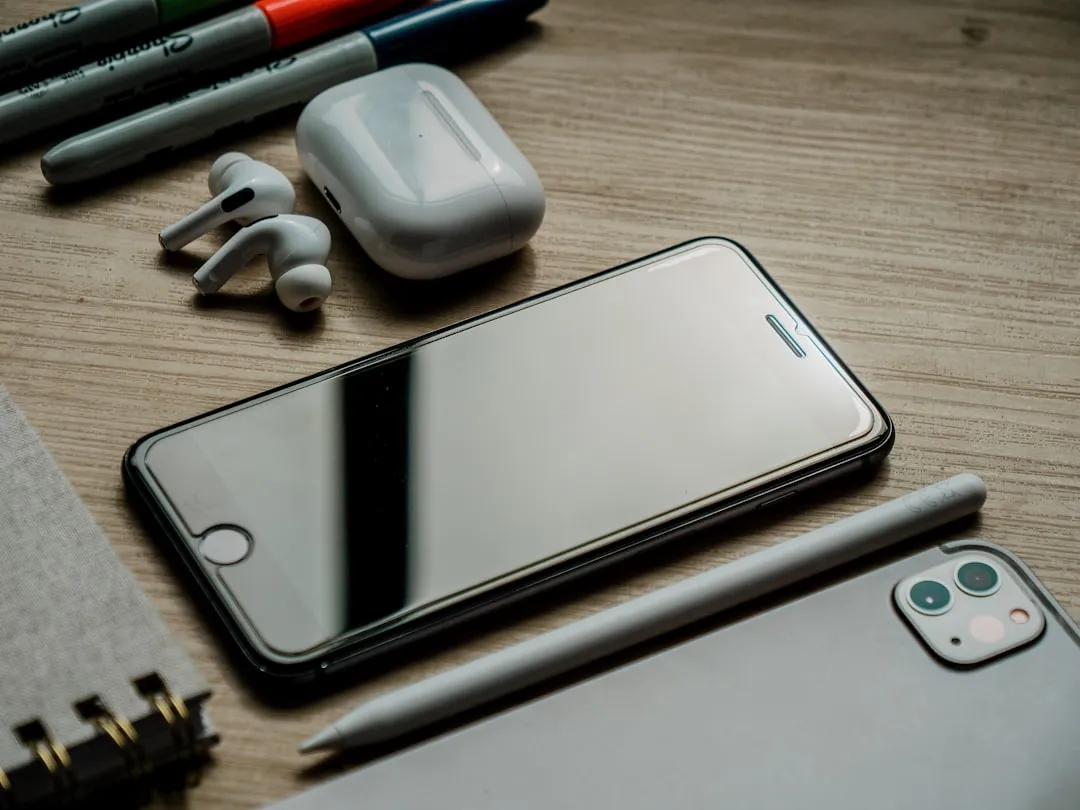

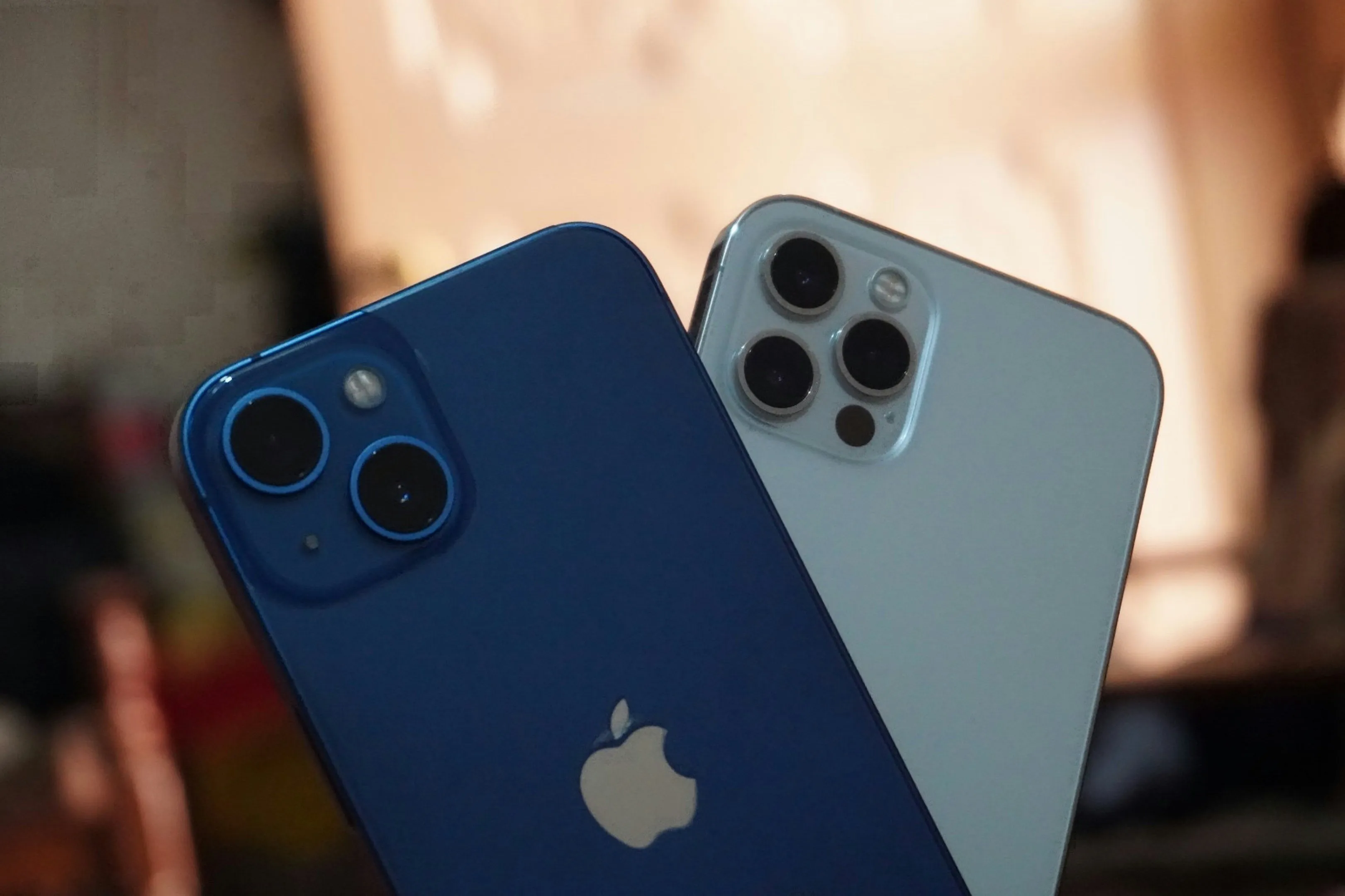

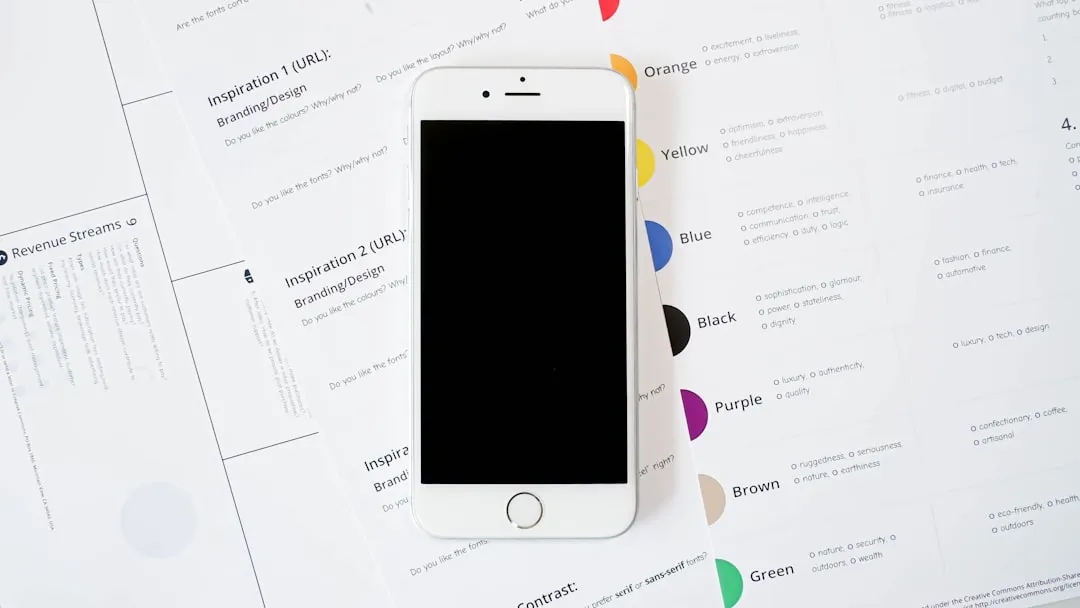
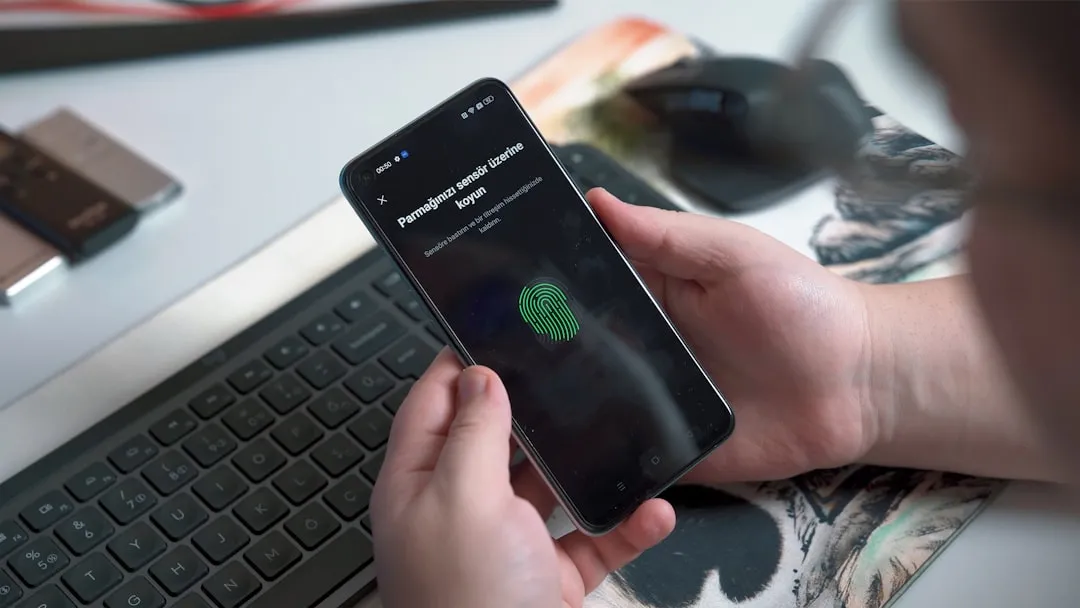
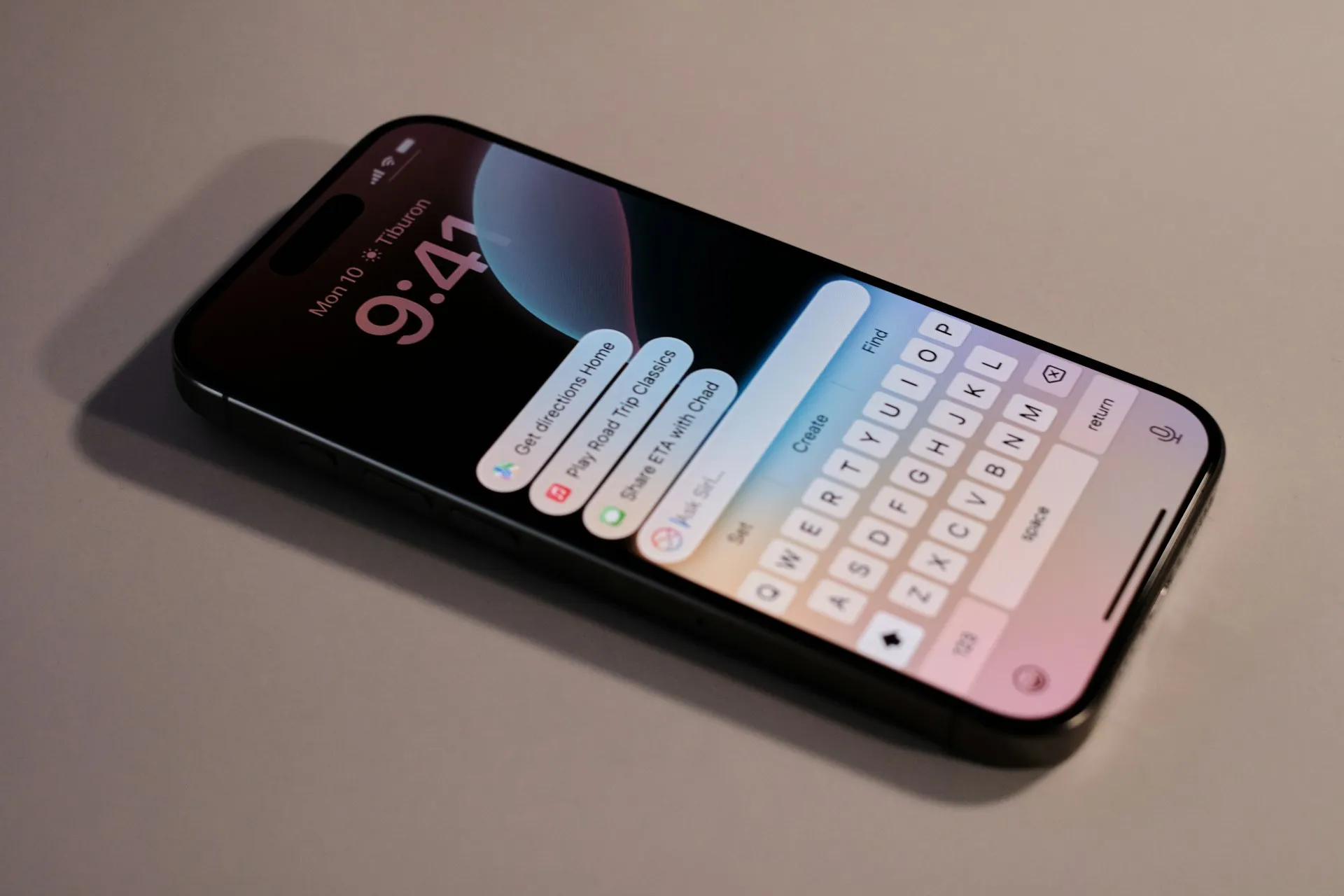

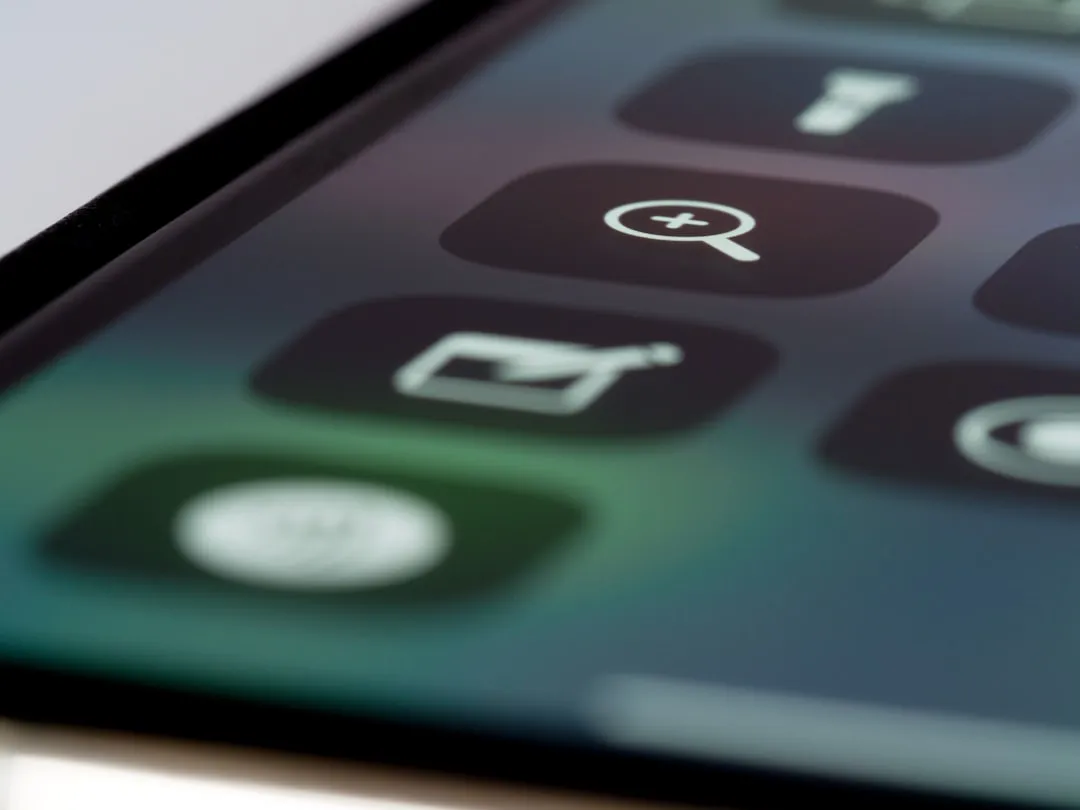
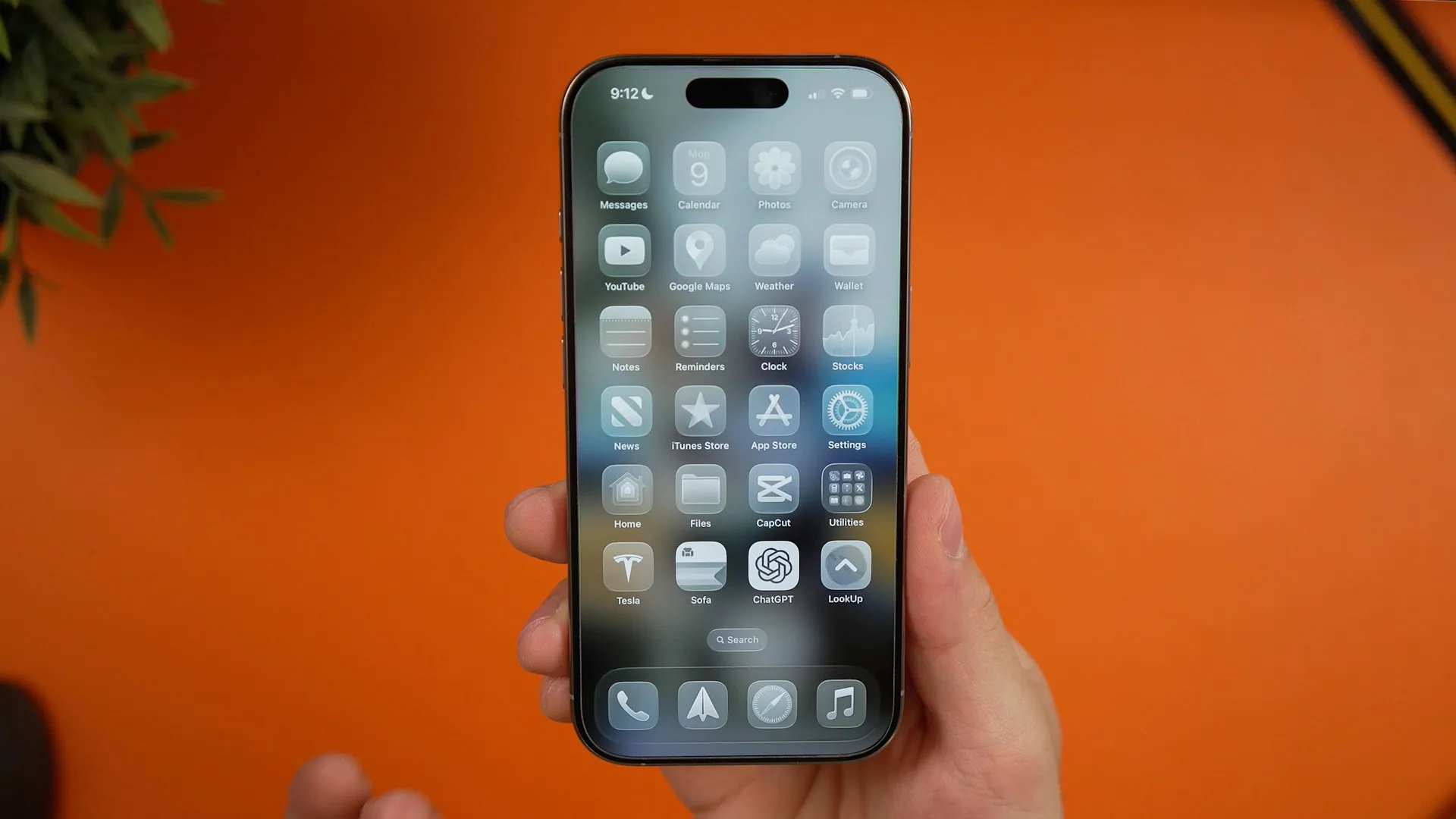
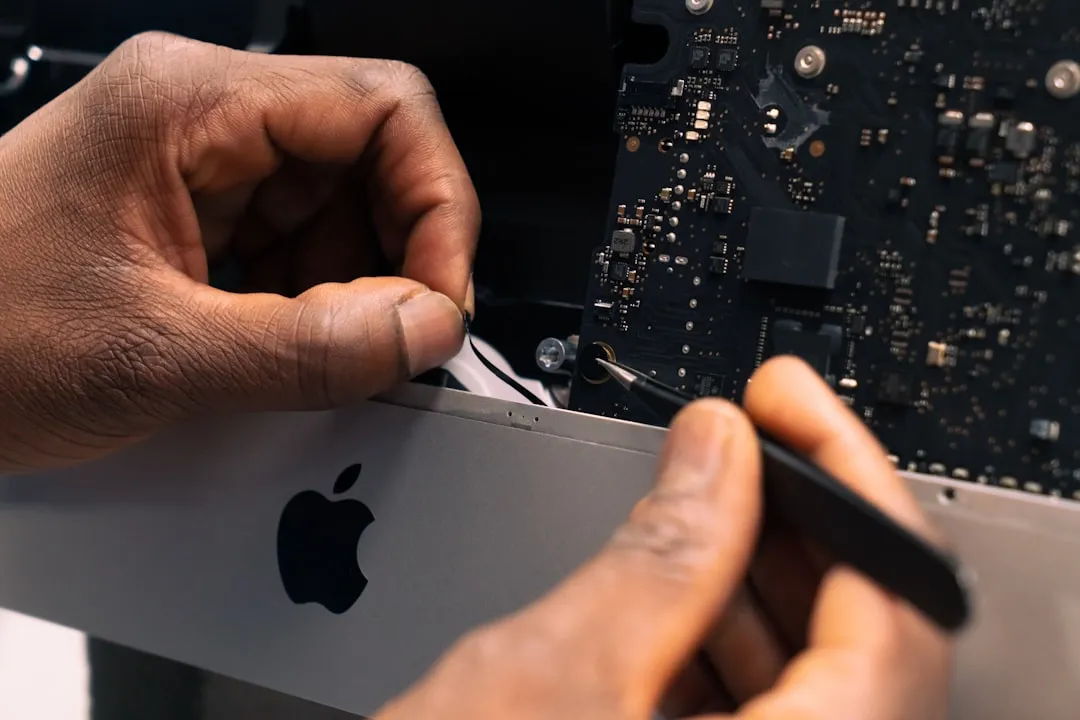
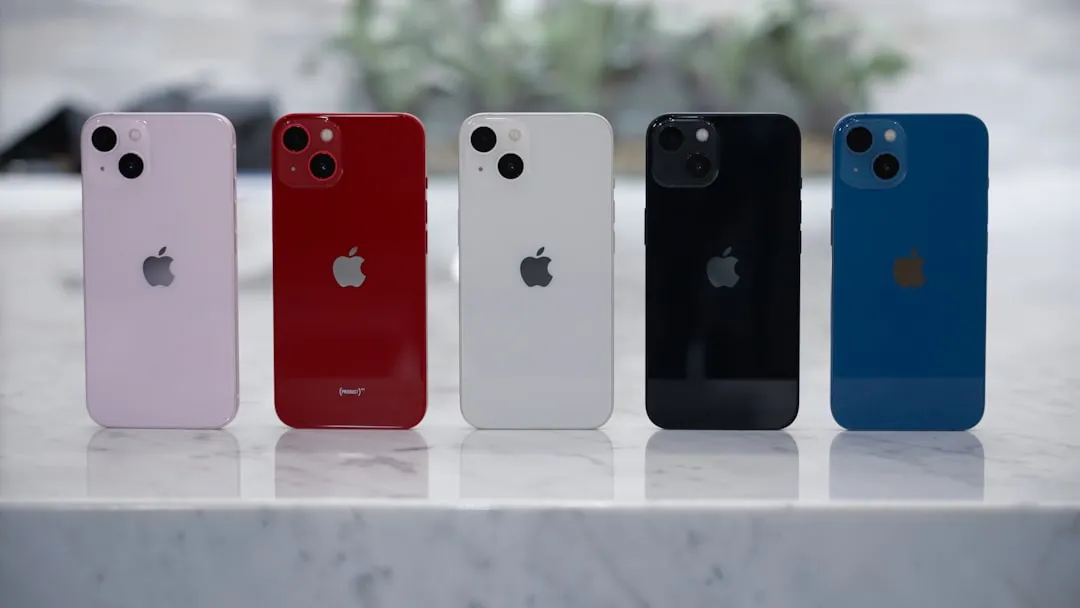
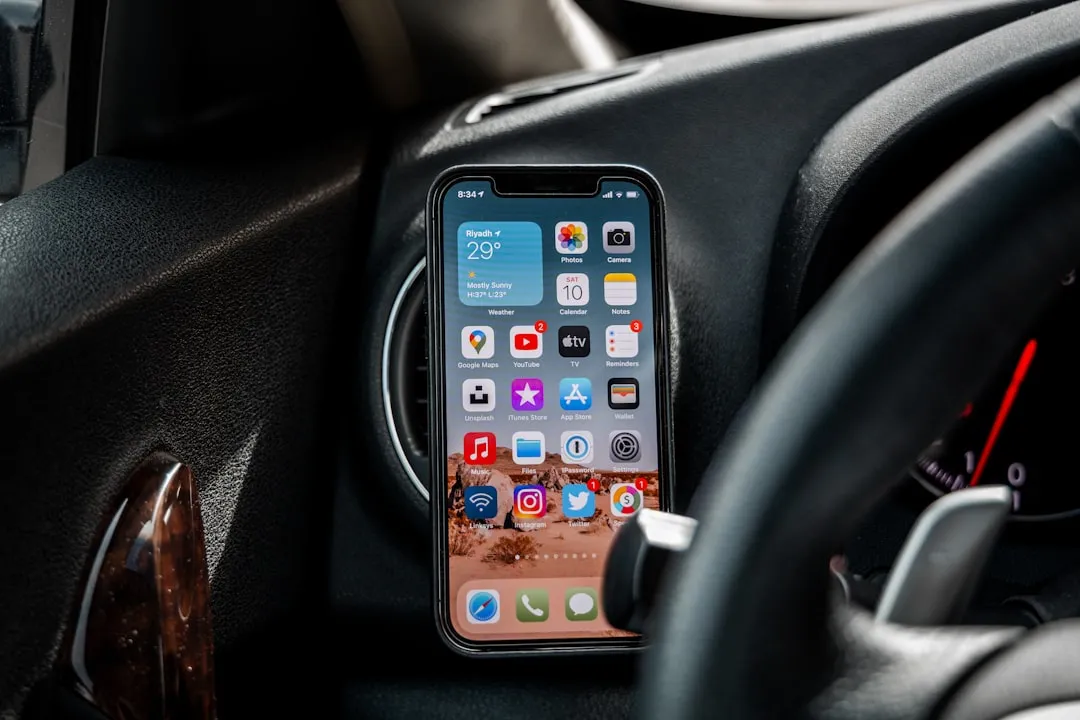


Comments
Be the first, drop a comment!